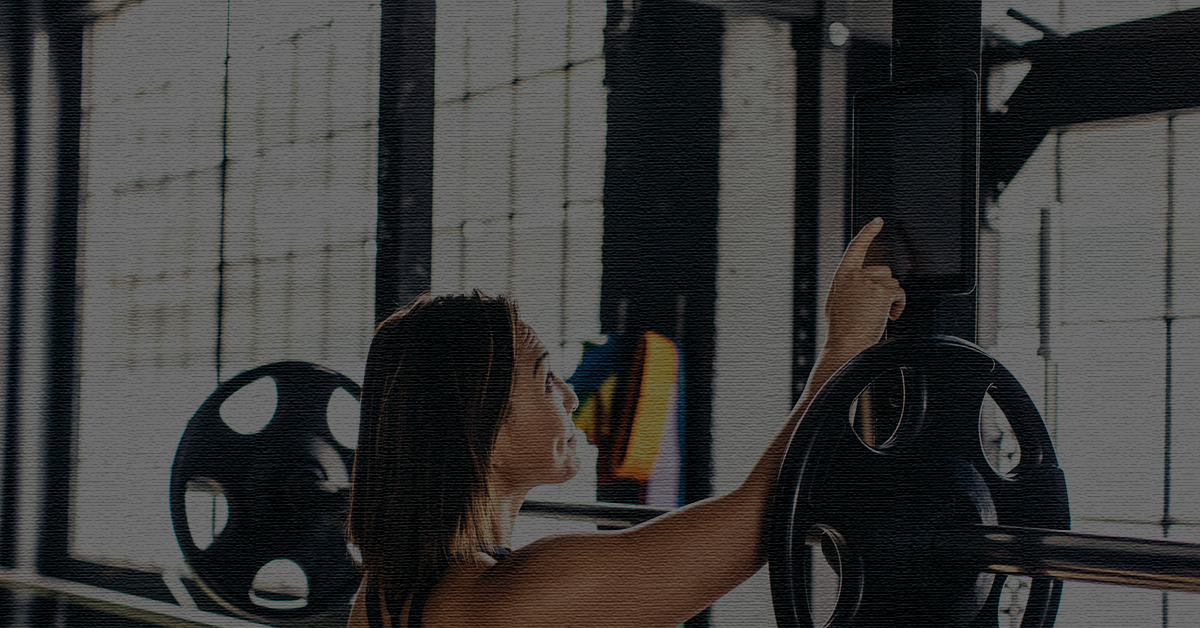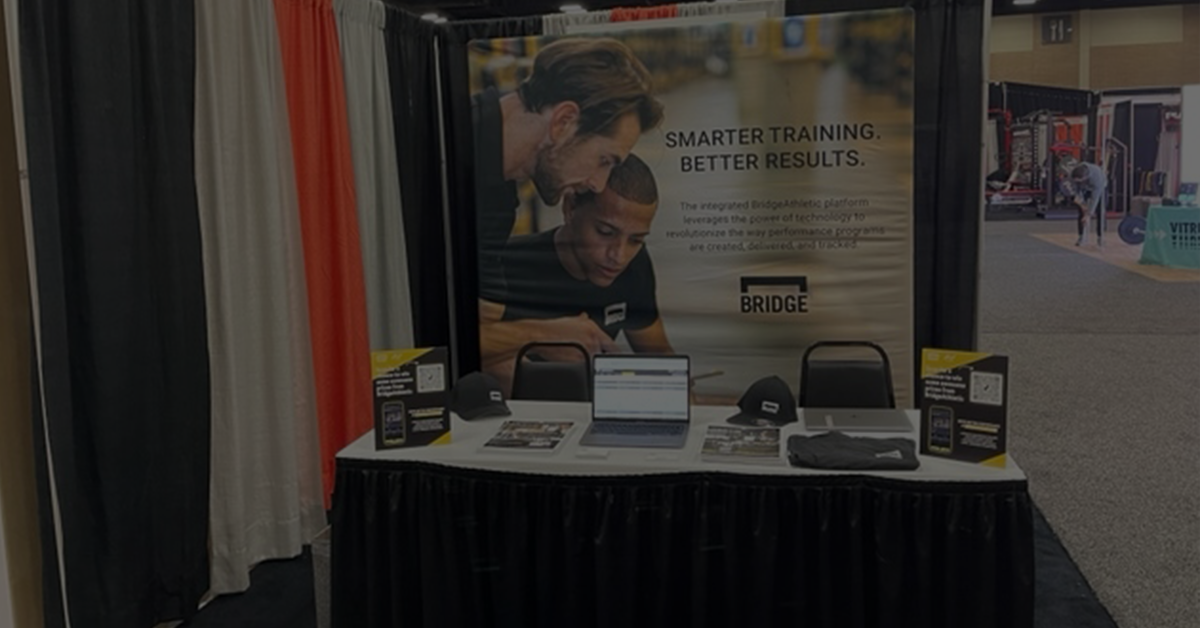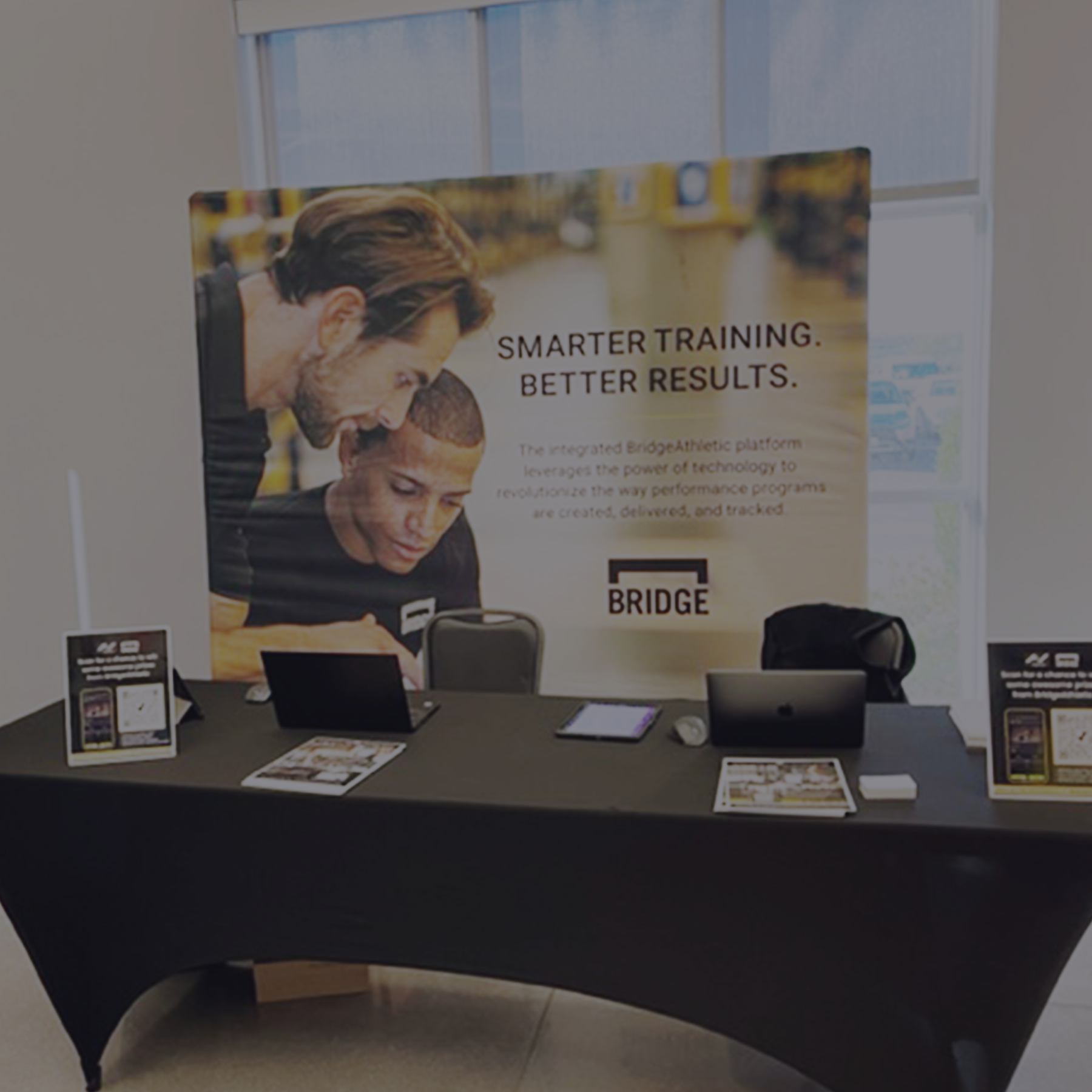November 02, 2018 By BridgeAthletic
Thinking About Wearables?
The Wearable Movement
Looking for the Right Wearables
Let’s turn to the wearable gadgets everyone from Steph to your Grandma are sporting. Whether you’re just starting out or managing a wide variety of collegiate or pro athletes, you’re probably considering how best to incorporate these tools into your workflows. While many of these wearables have accompanying software applications to delineate daily exercise and wellness data, you can’t effectively collect this from each athlete’s phone each and every day. Instead, look for accompanying software management systems to help support the data wearables you want to collect. Look out for software tools that allow you to input parameters like bodyweight, heart rate, RPE, or that offer additional integrations that support your data collection.
Hardwares to Consider
1. 3-D Motion Capture
In the form of sensors and cameras, motion capture systems present a recording of total body motion in three dimensions. There are 2 variations of Motion Capture:
- Marker or Optical Systems: The camera-based systems most known to coaches.
- Marker less Solutions: Solutions using IMU (Inertial Measurement Unit) sensors to capture precise movement patterns. These more advanced solutions are becoming more user-friendly as they allow you to gather information seamlessly. Performance Facilities will likely begin to adopt these sensors to provide more personalized programs and therefore greater value for athletes and clients. For more info on how these spaces are adapting, check out this article from EXOS.
2. Responsive/ Connected Fabric
Fabrics that incorporate digital technology (often in the form of sensors) embedded in the fabrics that collect and transmit data to mobile or tablet devices for visualization and analysis.
Brands to watch
3. Impact Protection
Top apparel companies are turning to technology to help give them and their athletes an edge. Nike for example is create impact resistant pads to help protect and recover athletes from event the toughest hits.
4. Connected Equipment
Technology is now being integrated into the everyday equipment athletes need to play their game. True to the saying, "You manage what you can't measure," equipment companies are not leveling the playing field, but rather improving it by creating both a highly competitive advantage and an evolved sport culture with technology at its epicenter.
Examples of this trend:
Finding the Right Wearable
#1 What Are You Looking For
Determine what metrics are most important to you and your athletes
#2 Do your Research
Go online and review each product’s list of offerings. Next, go to peer reviewed sites and blogs like: Sports Techie, or Cnet
#3 Ask for a Demo or Trial
If you’re investigating wearables, it’s always worth giving the company a call to see if you can demo with your athletes. While Apple might be challenging, companies focused on athlete- monitoring like Whoop might provide you with a free order if you’re researching for a larger organization. If you’re investigating more complex hardwares for your facility like those listed above, request a demo. This allows you to talk to a representative about your unique use case. While they’re likely to insist their system is the best solution for you, the research you conducted in Step #2 will help you ask the right questions to assess how effective their tool will be.
What to do once you have it
A Bit of Research to Get You Up to Speed
The success of wearable technologies has inspired a variety of research around the effects and accuracy of such devices, compared to each other and to other performance trackers (think Force Plates). Just remember this tip from Tracy Axel as you integrate tech into your organization, “Knowing how to find what’s applicable and what matters in the day to day really matters when looking for research.”
In a recent study, Evaluating the Validity of Current Mainstream Wearable Devices in Fitness Tracking Under Various Physical Activities, (2018) authors compare 5 of the most popular devices:
The study focused on 5 major health indicators across 5 active states (resting, walking, running, cycling and sleeping). Those indicators were:
-
Heart rate
-
Number of steps
-
Distance
-
Energy Consumption (cal)
-
Sleep duration
The study found that heart rate, number of steps, distance and sleep duration proved to be highly accurate across devices. While energy consumption proved to be the least accurate.
Most notably, researchers found results did not vary as advertised across the same indicator measured at different active states. Meaning, while these devices prove to accurately track HR, steps, distance and sleep, they do not accurately depict an athlete’s varying activity during a day.
Similar studies like this one conducted at Stanford last year have concluded similar findings supporting the brands’ claim to accurately monitor daily wellness metrics in the forms of HR, steps, distance and sleep while also proving these trackers cannot accurately depict activity zones. Energy consumption and activity are determined by highly individual metrics like fitness level, height, weight, etc., too unique for current algorithms to calculate accurately.
Bringing Hardwares & Wearables To Your Workflow
#1 Methods of tracking
Now that you’ve learned the benefits & pitfalls of the most popular brands, consider how these tools can impact your organization’s performance. Maybe you start by simply bringing awareness to these metrics by setting a few goals.
Heart rate, for instance, can be a great way to communicate relative intensity on cardio equipment. Setting steps and/or distance can help motivate your athletes to get up a move around a little during traditionally sedentary parts of their day.
While sleep- especially for student athletes- can be a key marker for success. If that proves successful for your athletes, you want to next move beyond simply setting goals and instead look to implement a collection method that will allow you to track their progress across these metrics.
#2 Time is everything
Develop a collection cadence right for you and your athletes. Are you going to collect this data once a day, once a week, once a month, etc. and how efficient is your method of collection? Here’s how some of the top coaches & trainers are tracking HR, Steps, Distance & Sleep:
-
Shared Google Sheets
-
Text Message / Email
-
Athlete Management Tools
-
Digital Training Software (Shameless Plug: Bridge’s Performance Log)
Often you’ll find your collection frequency will dictate your method of collection. If you’re only interested in collecting these metrics once every few months, it’s likely that a simple spreadsheet will do the trick. However, if you’d like to start evaluating your athlete’s general wellness each day or week, you may soon find reaching out to them directly to ask for this information and then translating results back into a document becomes rather time consuming. But not to worry, you don’t have to have a Master’s in Sports Science to be able to effectively capture these results daily. You just have to have the right tools to help you along the way. In our next section we’ll outline the differences between the softwares that may help streamline your data collection and overall workflows- without hiring 2 new Sports Scientists or heading back to school…
About the Author

At Bridge, we are all athletes and coaches first. As athletes, our team has experienced everything from riding the pine on JV, to winning NCAA championships, to competing in the Olympic Games. As coaches, we have helped countless athletes reach their full potential, winning everything from age group section championships to Olympic Gold Medals.
Related Posts

What to Consider When Choosing a...
What strength and conditioning coaches should consider when choosing a program design software...
...

2022 NSCA Coaches Conference
The BridgeAthletic team attended the 2022 NSCA Coaches Conference in San Antonio, Texas January 6-8...

2021 Fusion Sport Conference
The BridgeAthletic team attended the 2021 Fusion Sport Summit - North America at the UFC...

